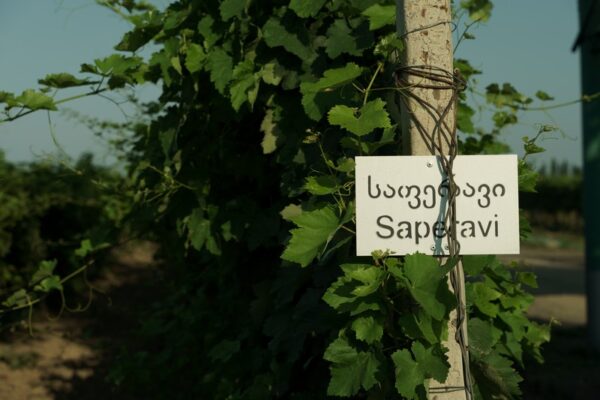Georgian winemaking dates back to over 8,000 years ago, making it the oldest and one of the most distinctive wine regions in the world. Ancient Georgians used qvevri, which are large earthenware pots buried in the ground, to ferment and age their wine. This method is still used today and is a crucial part of Georgian winemaking tradition.
In the 19th and 20th centuries, Georgian winemaking became heavily influenced by Russia and other Eastern European countries. Many Russian wine experts were brought in to modernize and industrialize the industry, leading to the widespread use of European grape varieties and winemaking techniques.

However, there has been a resurgence of traditional Georgian winemaking techniques and the use of indigenous grape varieties. This has led to Georgia being recognized as one of the most unique and exciting wine regions on Earth, with a diverse range of styles and flavors. The use of qvevri and ancient grape varieties such as Saperavi and Rkatsiteli has garnered attention from wine lovers and critics worldwide.
Overall, Georgian winemaking has a long and rich history that has evolved over time, but has never lost sight of its traditional roots and unique techniques. It is a region that is constantly evolving and experimenting, but always stays true to its rich cultural heritage.
